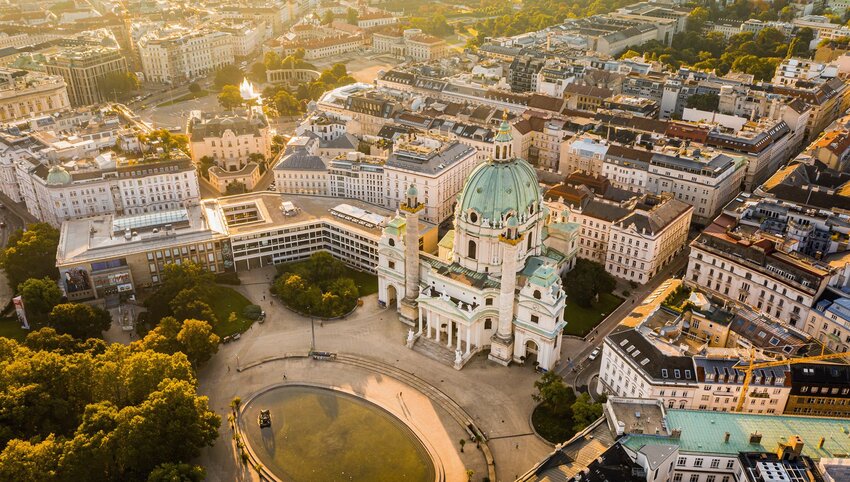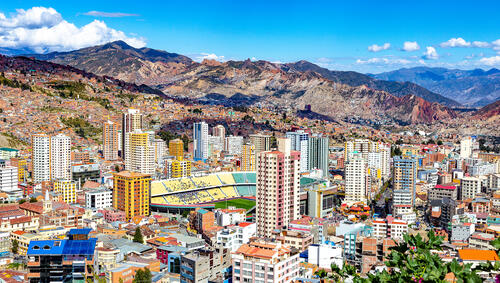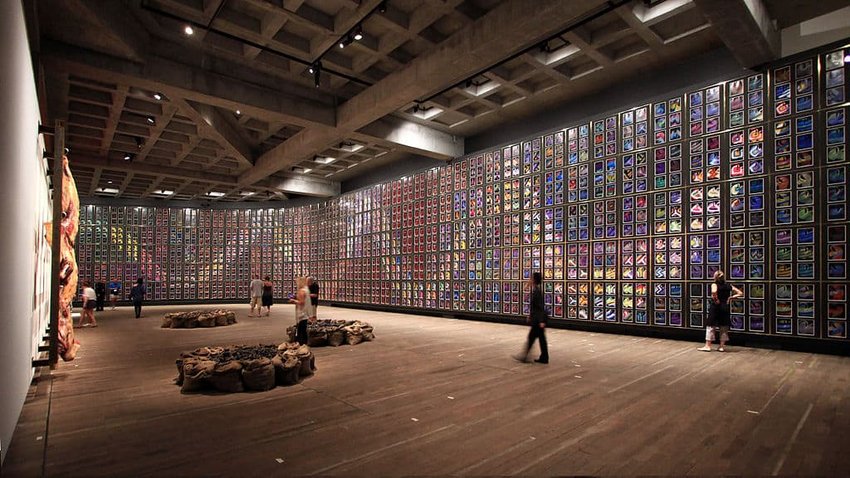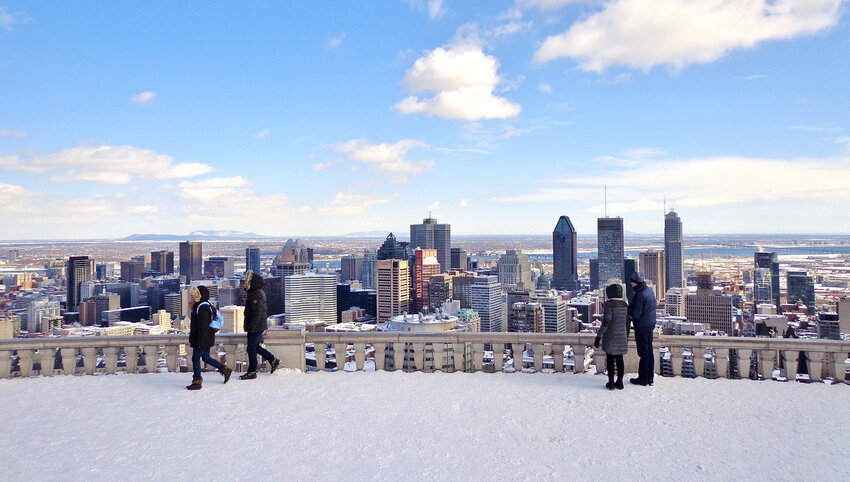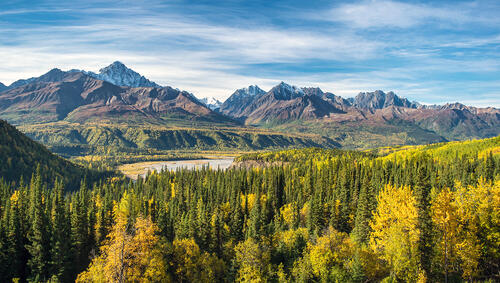The United Nations Education, Scientific and Cultural Organization works tirelessly to preserve the heritages of cultures both past and present, as they oversee 1,154 World Heritage Sites throughout 167 countries. From Ecuador’s majestic Galápagos Islands to India’s awe-inspiring Taj Mahal, these UNESCO landmarks are renowned for their history and beauty. Tragically, however, there are several whose status is at risk.
Whether because of natural disasters, armed conflict, or rapid urbanization, the future of 52 World Heritage Sites is far from certain. While UNESCO will undoubtedly do everything to ensure these places remain for future generations, there’s no time like the present to witness them for yourself. We’ve rounded up a mix of deeply important and stunning UNESCO sites to visit before they potentially disappear for good.
Everglades National Park, Florida, United States
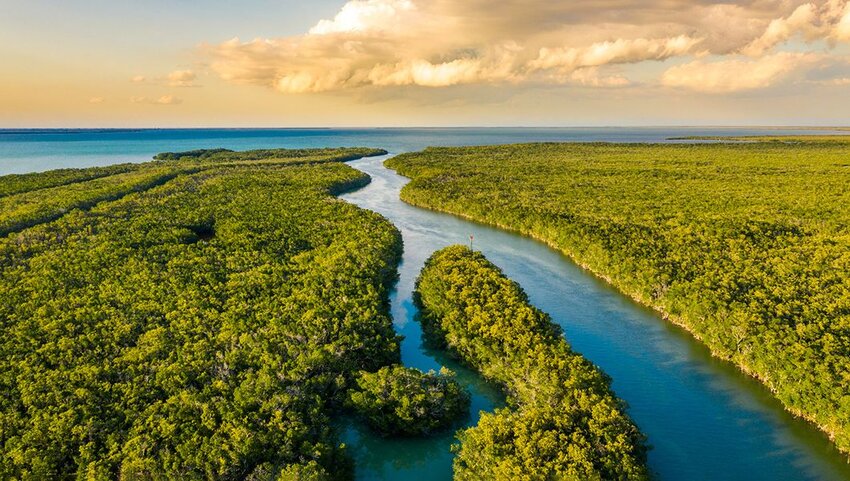
From its crystalline beaches to nonstop nightlife, Florida is an undeniable tourist mecca. But throughout the entire Sunshine State, nothing is more alluring than its unparalleled biodiversity, best exemplified by the Florida Everglades. These 1.5 million acres of lush wetlands are truly unlike anywhere else in the world, serving as the largest subtropical wilderness in North America and combining a vast array of nine distinct ecosystems, from coastal lowlands to broadleaf forests. On top of its geographic beauty, the Everglades are the only place on Earth where crocodiles and alligators coexist, alongside the national park’s 39 endangered or threatened species, which famously includes the elusive Florida panther.
Despite its impressive breadth, the Florida Everglades have shrunk to less than half their original size due to urban development and draining of the wetlands, earning it a spot on UNESCO’s endangered World Heritage Site list since 2010. There’s hope that under the watchful eye of the National Park Service, and following the guidelines of an ongoing Comprehensive Everglades Restoration Plan, this natural jewel of the Southern United States will grow even stronger for countless generations to come.
Historic Centre of Vienna, Austria
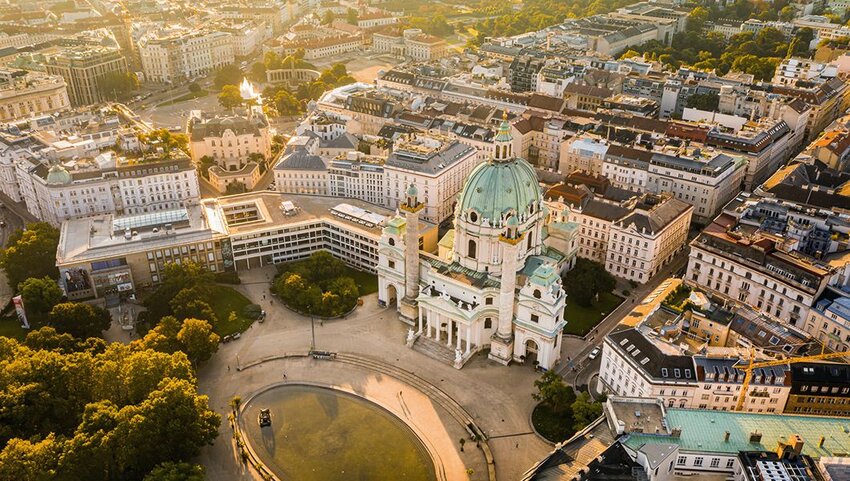
The idea of taking a trip to the Historic Centre of Vienna is music to anyone’s ears. The Austrian capital city has long served as the center of classical music , earning it the nickname “City of Music” and once being where both Beethoven and Mozart called home. Vienna’s cultural significance extends into the world of architecture as well, as the downtown boasts breathtaking palatial examples of the Baroque style — highlighted by marble, stucco, and gilded decor as well as countless frescoes — including sites like Belvedere Palace and State Hall of the National Library.
Much like other bustling metropolises throughout the continent, however, Vienna has strayed from its historicist architecture in the name of rapid development, and UNESCO has deemed the city center at risk due to the height of various tall buildings that have begun sprouting up. One such example is the proposed Vienna Ice-Skating Club - Intercontinental Hotel, whose design has created concern that many of Vienna’s centuries old buildings will be overshadowed by similar gargantuan modern complexes. Thankfully, UNESCO and other concerned Viennese citizens have pushed back on such massive builds in an effort to preserve Vienna’s Habsburg-era heritage.
Okapi Wildlife Reserve, Democratic Republic of the Congo
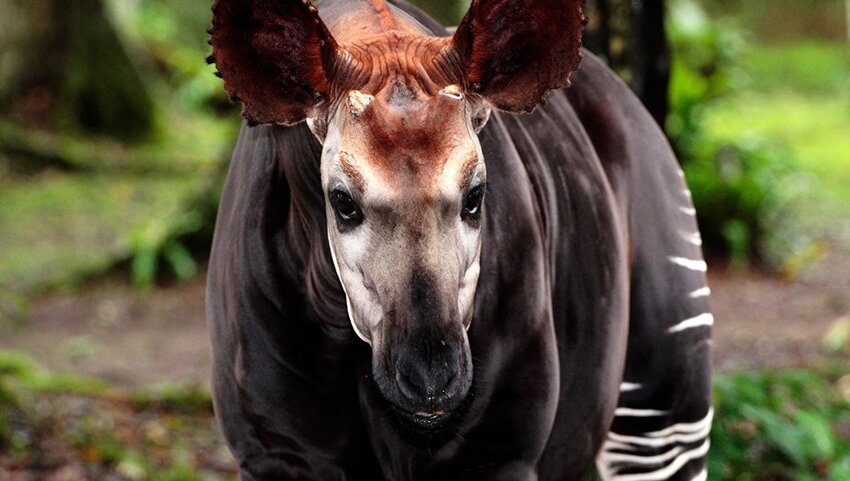
Once mistaken for being some sort of mythical “African unicorn,” the okapi is a legendary animal and key part of the continent’s culture. Sadly, only 30,000 remain in the wild. Of the remaining population, 5,000 wander the wilderness at the Okapi Wildlife Reserve, located within the Ituri forest of the Democratic Republic of the Congo. Along with okapi, keen nature lovers can witness countless additional threatened species of primate and birds that exist within the refuge's borders.
Since 1997, however, UNESCO has looked on with concern as the Okapi Wildlife Reserve has been decimated due to poaching, mining, looting, and other agricultural activities that have depleted the region of certain elements of its natural beauty. Thankfully this biodiverse gem continues on, and thanks to work by local indigenous tribes — with whom visitors can have cultural encounters to share in the reserve’s import and beauty — as well as preservationists, it stands a chance of one day being removed from UNESCO endangered sites list.
Old Towns of Djenné, Mali
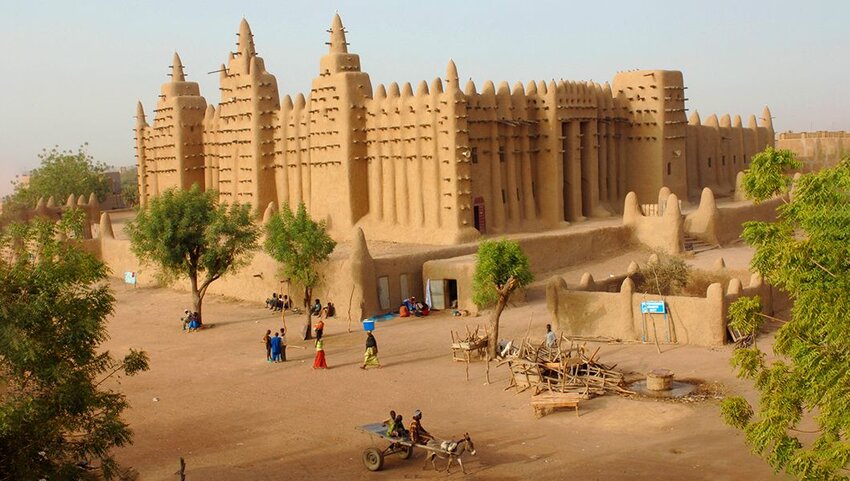
Steel and concrete are but figments of the imagination in the Old Towns of Djenné, Mali, as the region is revered for its traditional mud houses — of which nearly 2,000 remain — that date back to 250 BCE when Djenné was first inhabited. Though Djenné is now far removed from its prime as a bustling economic hub during the 15th and 16th century trans-Saharan gold trade, the city’s mud villages make it seem as if visitors have been transformed back to that historic era. The people of Djenné are so invested in maintaining their heritage that every April, residents gather during an event called Crépissage (which translates to plastering) in which they work to reconstruct the city’s Grand Mosque — the largest mud-brick structure anywhere in the world. Due to political instability and insecurity, however, Malian cities like Djenné and the nearby Timbuktu have found themselves at risk because of the lack of governmental protections. But given these towns have survived for millennia thus far, they’ll hopefully stand for many more.
Tropical Rainforest Heritage of Sumatra, Indonesia
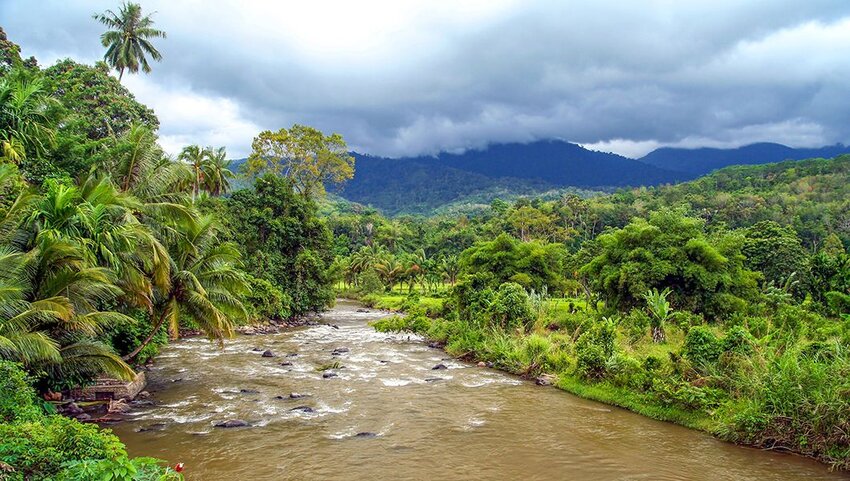
A common theme within this roundup are sites that showcase stunning biodiversity, but such natural beauty often falls victim to various agricultural industries. The tropical rainforests of Sumatra, Indonesia, are no different, and have been susceptible to extensive harmful logging practices in recent decades. Despite such concerns, the Sumatran rainforests can still proudly claim to be the only place on earth where tigers, rhinos, orangutans, and elephants coexist, with those animals surrounded by an estimated 10,000 plant species that offer researchers insight into how the island evolved bio-geographically. Some pessimistic estimates believe the rainforests could disappear by the 2030s, so don’t miss out on the opportunity to visit and immerse yourself in the unique natural landscape of Indonesia before they’re gone.
Tombs of Buganda Kings at Kasubi, Uganda
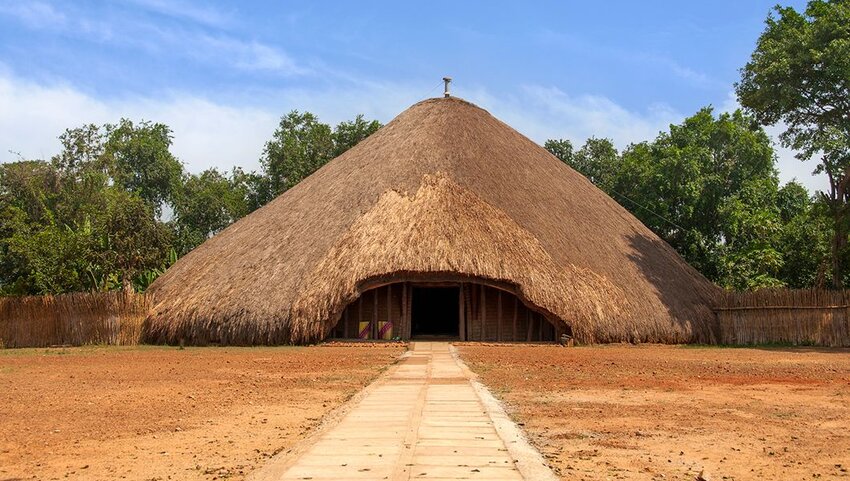
Some endangered UNESCO sites are at risk due to freak events which simply could not have been prevented. Among those sites are the Tombs of Buganda Kings at Kasubi, Uganda, which were partially destroyed by fire in 2010. The original domed structure dates back to 1882, and the area holds extreme religious and spiritual significance for locals given it serves as the burial place of four Ugandan kings. The original dome also represented a stunning architectural achievement that utilized organic elements to craft a revolutionary structure that stood for over a century. Despite the tragedy that befell the site, the tomb’s inner sanctum remained largely intact, and ongoing preservation efforts worked to finally restore the dome in 2022. The risk of fire still remains, but despite these concerns, the tombs remain a holy site within Ugandan culture and can hopefully offer a moment of spiritual enlightenment to any who choose to come and pay their respects.
Medieval Monuments in Kosovo
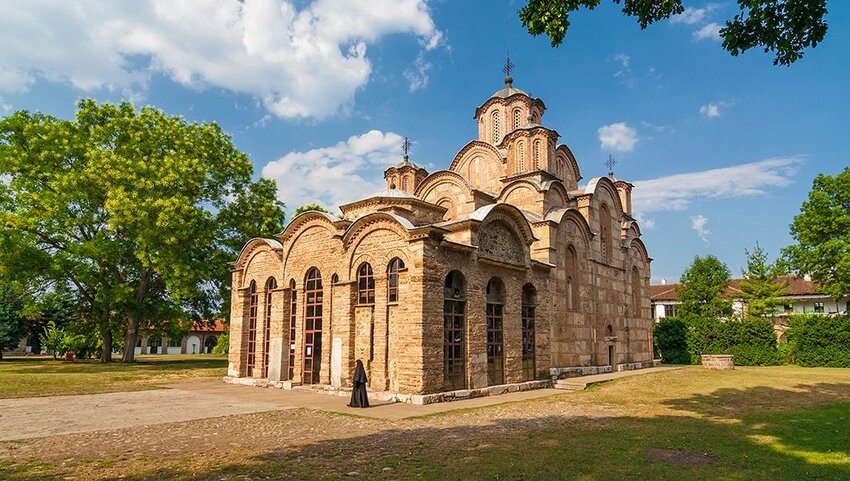
The Kosovo region has been torn apart by war and instability, but through it all, centuries-old monasteries and churches have withstood the test of time to help preserve the country’s Serbian heritage. Throughout Kosovo exist four Medieval monuments which reflect unique artistic and spiritual elements from a combination of Orthodox Byzantine culture and Western Romanesque traditions. From the 14th-century era Church of the Holy Virgin of Ljevisa to the Dečani Monastery, these buildings showcase many religious frescoes as well as well-maintained surrounding gardens, offering a peaceful experience in an often chaotic and uncertain area.
Old City of Jerusalem and its Walls
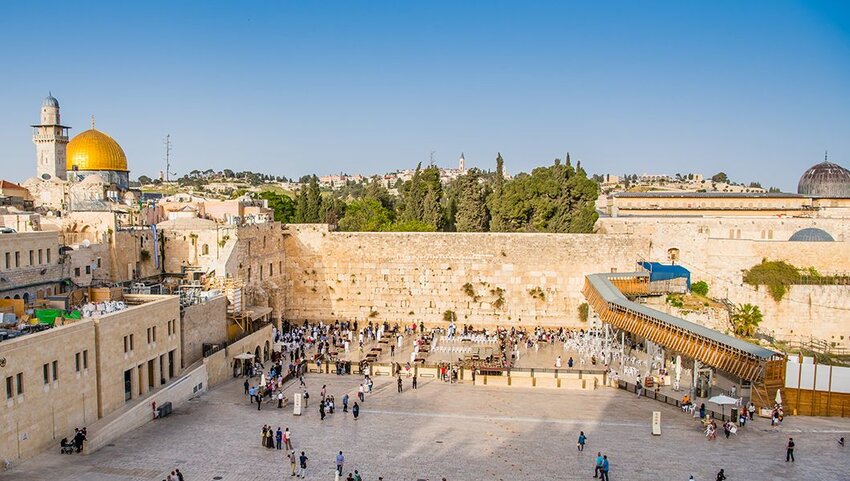
Of all the locations on this list, few are as heavily trafficked as Jerusalem. The symbolic importance, specifically of the Old City of Jerusalem, cannot be overstated, as it's considered holy by those of the Jewish, Christian, and Muslim faiths. Unfortunately, this clash of cultures has endangered this World Heritage Site, as a combination of religious violence and rapid urbanization has seen Jerusalem's Old City fall into UNESCO’s at-risk category as far back as 1982. Despite its tumultuous surroundings, Jerusalem contains some of the most stunning archeological sites on Earth, from the 7th century era Dome of the Rock to the deeply moving Wailing Wall.

